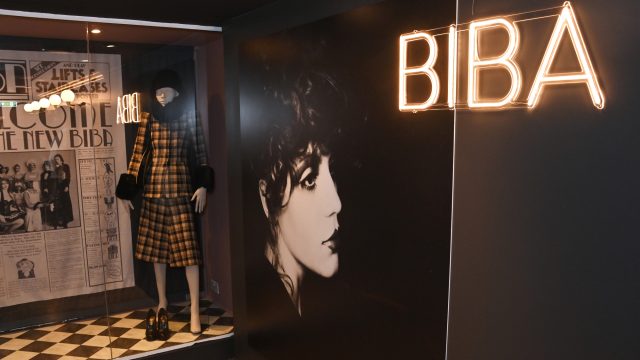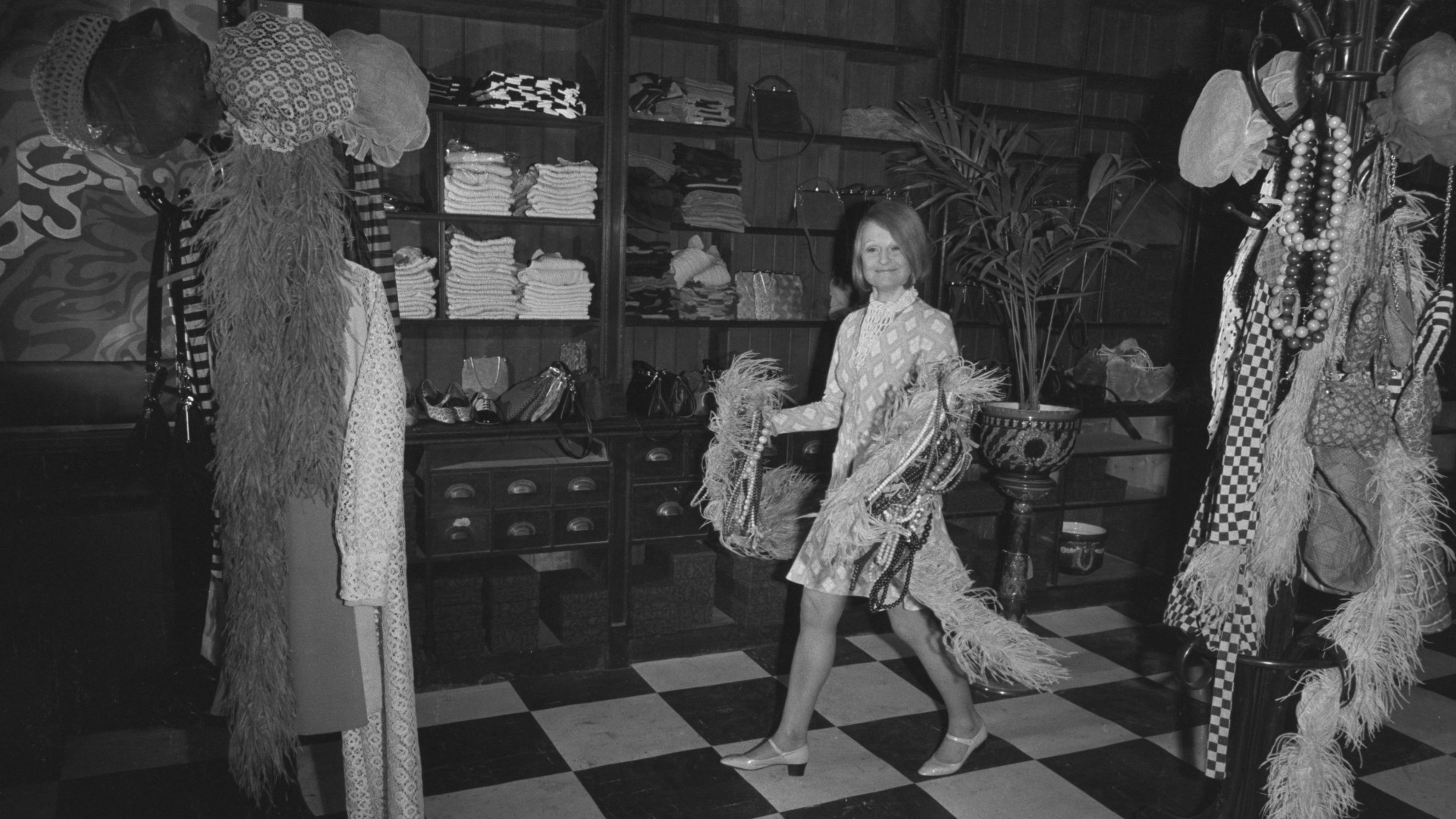
In 1964, Polish-born fashion illustrator Barbara Hulanicki opened a small fashion boutique in Kensington’s Abingdon Road, and “London’s retail landscape changed irrevocably”, said the London Evening Standard. Sixty years on, a new exhibition at the city’s Fashion & Textile Museum celebrates “the iconic shop’s cultural importance”.
The shop was called Biba, the nickname of Hulanicki’s younger sister Biruta, and the brand was designed to be “affordable and accessible for everyone”.
Hulanicki’s journey to the heart of the fashion world began with “a short pink gingham shift dress based loosely on the one Brigitte Bardot wore in Saint-Tropez in 1963”, said The Guardian. Hulanicki’s dress, which opens the new exhibition, cost 25 shillings and “changed the course” of her life, after featuring in a fashion spread in the Mirror newspaper in 1964. “On the same day”, 17,000 readers ordered the dress from the mail-order business that she also ran with her husband, Stephen Fitz-Simon.

Former advertising executive Fitz-Simon is credited with keeping Biba prices low. “He discovered the average secretary took home £10 a week,” said The Guardian, and reasoned that “£3 could buy them a new dress in Biba and still leave them with plenty of change for rent and food”.
As well as low prices, Biba was different in its décor, which was “like no other, with blacked-out windows, communal changing rooms, and music vibrating against the second-hand furniture”, said Vogue.
Building on her commercial success, Hulanicki opened a bigger Biba premises on Kensington Church Street in 1966, before moving to an even larger shop on Kensington High Street in 1969. But it was a 1973 move to a nearby seven-storey art deco building that cemented her “vision of a full lifestyle proposition”, said the Standard. Biba’s merchandise range expanded to include everything “from bell-sleeve maxidresses and leopard-print swing coats to cans of lobster soup, packs of pin-up playing cards, lampshades and makeup” – a “resolutely modern” approach that was then viewed as radical.
Biba was also ahead of its time in terms of shoppers’ in-store experience. The clothes for sale at the “legendary emporium” were “tossed on coat stands and surrounded by dimly lit feathered chandeliers”, said The Guardian. Underwear and silk sheets were sold in a “Mistress Room”, and the store also housed a restaurant-cum-nightclub with a ceiling “lit with the colours of the rainbow”. On the rooftop, “shoppers could sip tea next to pink flamingos perched by a pond”.

Little wonder, said The Guardian, that come Saturdays, the queue for Biba “curved its way along the high street, with customers ranging from teenagers to the Rolling Stones and Twiggy”.
The store would “shut its doors for the final time” in 1975, but the brand’s popularity has lived on, with fans now flocking to the new retrospective, “The Biba Story, 1964-1975”.
The “perfectly preserved miniskirts” and “leopard-print coats” on show are a fashion “time capsule”, said the Financial Times. And they also act as a reminder, said the exhibition’s curator Martin Pel, that “fashion at low prices does not need to be disposable”.
“The Biba Story, 1964-1975” runs until 8 September at the Fashion & Textile Museum
Brand’s 60th anniversary is being marked with retrospective celebrating the ‘iconic shop’s cultural importance’





